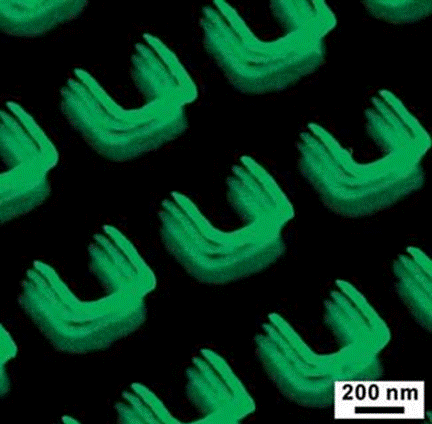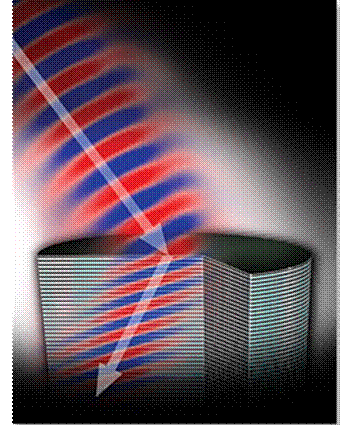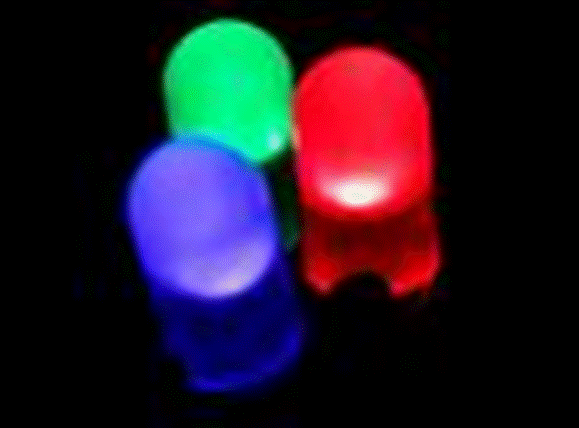|
|
 Optical Properties In Solids
Optical Properties In Solids
June 11-15, 2018. Departamento
de Física. FCEyN. UBA
Prof. Carmen Menoni
Department of Electrical & Computer
Engineering
Department of Chemistry
School of Advanced Materials Discovery
Colorado State University, Fort Collins, CO 80525
USA
Carmen S. Menoni Menoni is University Distinguished Professor at
Colorado State University and a member of the faculty in the Department of
Electrical & Computer Engineering. Prof.
Menoni has established an active research program in two important areas of
optical and laser science. Her group has pioneered the use of bright beams of
extreme ultraviolet (EUV) laser light for nanoscale imaging and mass spectral
imaging making it possible for a laser ablation method to reach nanoscale
resolution for the first time. In parallel, she has established world-leading
research in optical materials. Prof.
Menoni and her team investigate the material science of ion beam sputtered thin
films for applications in interference coatings for high peak power lasers, and
coatings for the test masses in the Laser Interferometer Gravitational Wave
Observatory. For her technical
contributions she was elected Fellow of the Institute of Electrical and Electronics
Engineering, the American Physical Society, the Optical Society of America, the
International Society of Optics and Photonics (SPIE) and the American
Association for the Advancement of Science.
In 2008, she received a R&D 100 Award, termed the “Oscar of
Innovations”, for the demonstration of a compact extreme ultraviolet microscope
that can image nanostructures with a single laser shot. Her work has been
published in over 230 refereed journals and proceeding papers, and four
patents.
· Grading
· Outline
Course description
This
graduate level course introduces students to the fundamentals of the optical
response of solids. Key elements of the
optical response of solids are the classical oscillator model and the quantum
treatment of absorption and emission.
Using these fundamental concepts the optical
response of bulk and quantum confined semiconductors will be studied. The course will also cover the free
electron response in metals and their important application in plasmonic
structures. Examples that show how the
basic physics is exploited to realize important and ubiquitous photonics
devices will be presented.
Interesados
escribir a: María Gabriela Capeluto, email: maga@df.uba.ar
Homework – 50 %; Project: 50%
Homework will consist of a combination of
critique of papers; calculations, and conceptual problems. The homework will be
carried out during the recitation session designed to be an interactive session
with the instructor. An important component of this course will be a research
project where students will investigate a specific aspect of the optical
properties of solids. Simple modeling or simulations will be required. The
project will be presented in a poster presentation on the last day of
class. Each poster presenter will also
be expected to deliver a 3 min PowerPoint presentation describing the main
points of the work they are critiquing.
Class Schedule: Lectures 9 -13, Recitation: 14.30 – 18, Monday through
Friday
Course Outline:
I) Optical
materials
Characteristics
optical physics of the solid state
II) Basic
Concepts of the optical response
The
oscillator model
Kramer-Kronig relations
Plasma
resonance
Dispersion
Optical
anisotropy
Experimental
techniques to determine optical constants
III) Linear
optical properties of bulk semiconductor materials
Linear
optical properties of low dimension semiconductor materials
Excitons
IV) Luminescence
Photoluminescence
Electroluminescence
V) Polarization
and electric/magnetic-field effects
Frank-Keldish effect; DC-Stark effect
Kerr
Effect
Faraday
Effect
Magneto-optics
effects
VI) Free electrons
Plasmonics
Optical Properties of Solids, M. Fox, Second Edition, Oxford Materials Series
Optical Properties and Band Structure of
Semiconductors
Volume 1 in International Series in the
Science of the Solid State, online
https://www.sciencedirect.com/science/book/9780080126487
Author(s):
David L. Greenaway, Günther Harbeke and B. R. Pamplin
ISBN: 978-0-08-012648-7
Fundamentals of Semiconductors
Physics and Materials Properties
Authors: YU, Peter, Cardona, Manuel
Springer ISBN 978-3-642-00710-1
Plasmonics: Fundamentals and Applications
Authors: Maier, Stefan Alexander
Springer, ISBN 978-0-387-37825-1
Published papers
Notes from the instructor
All material will be placed in Google
drive. Students in the class will gain access to all this material the first
day of class.






